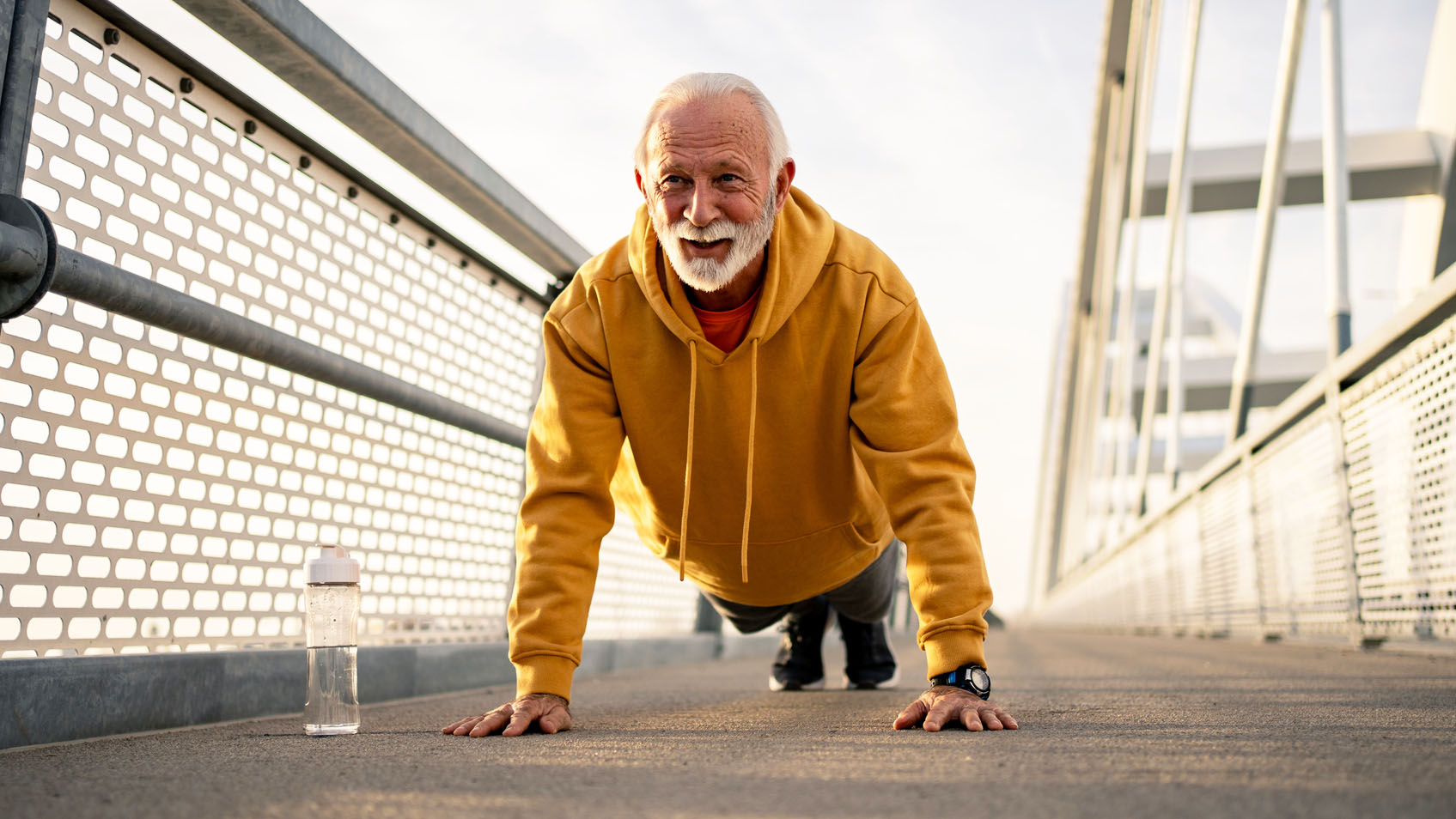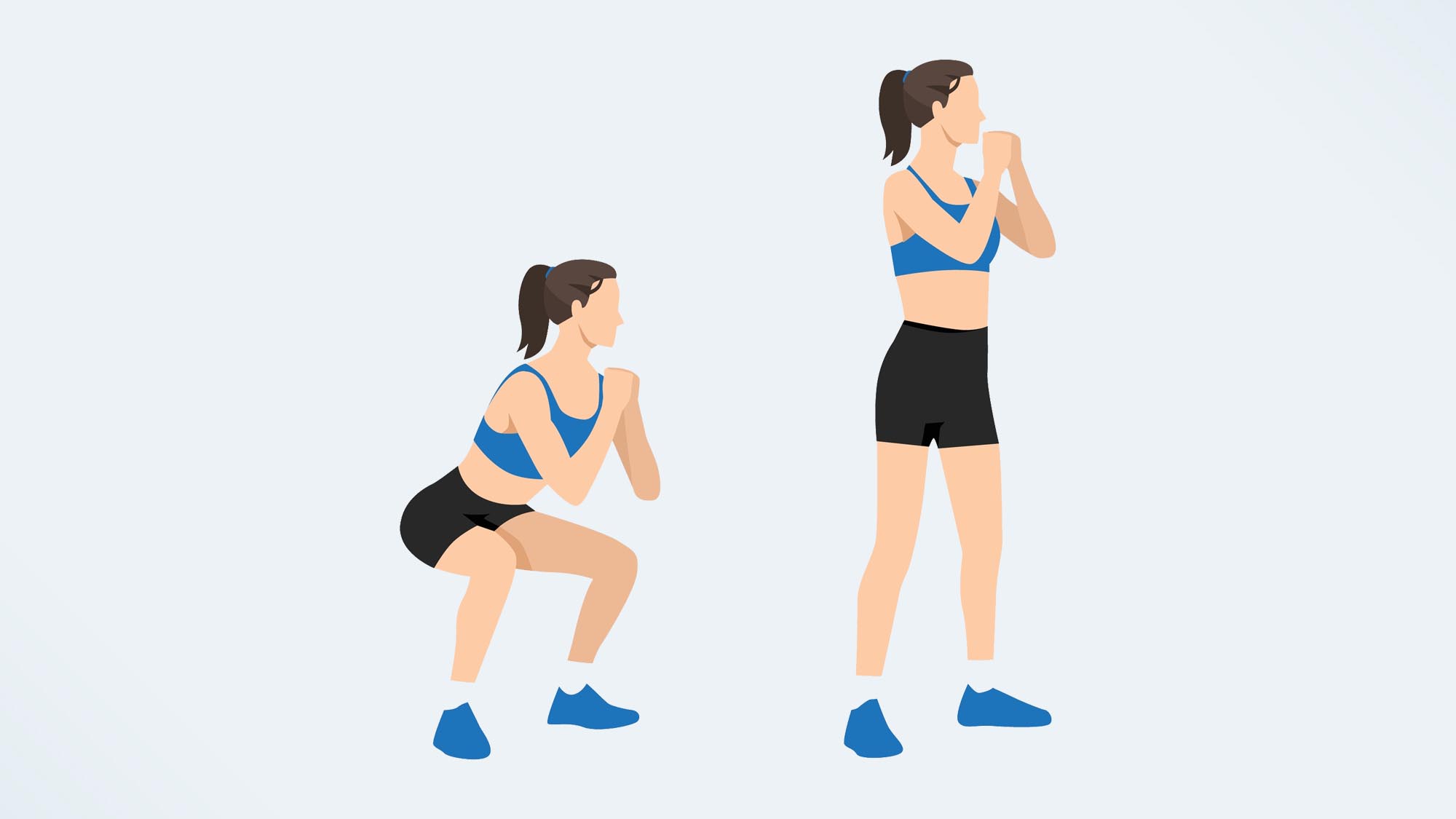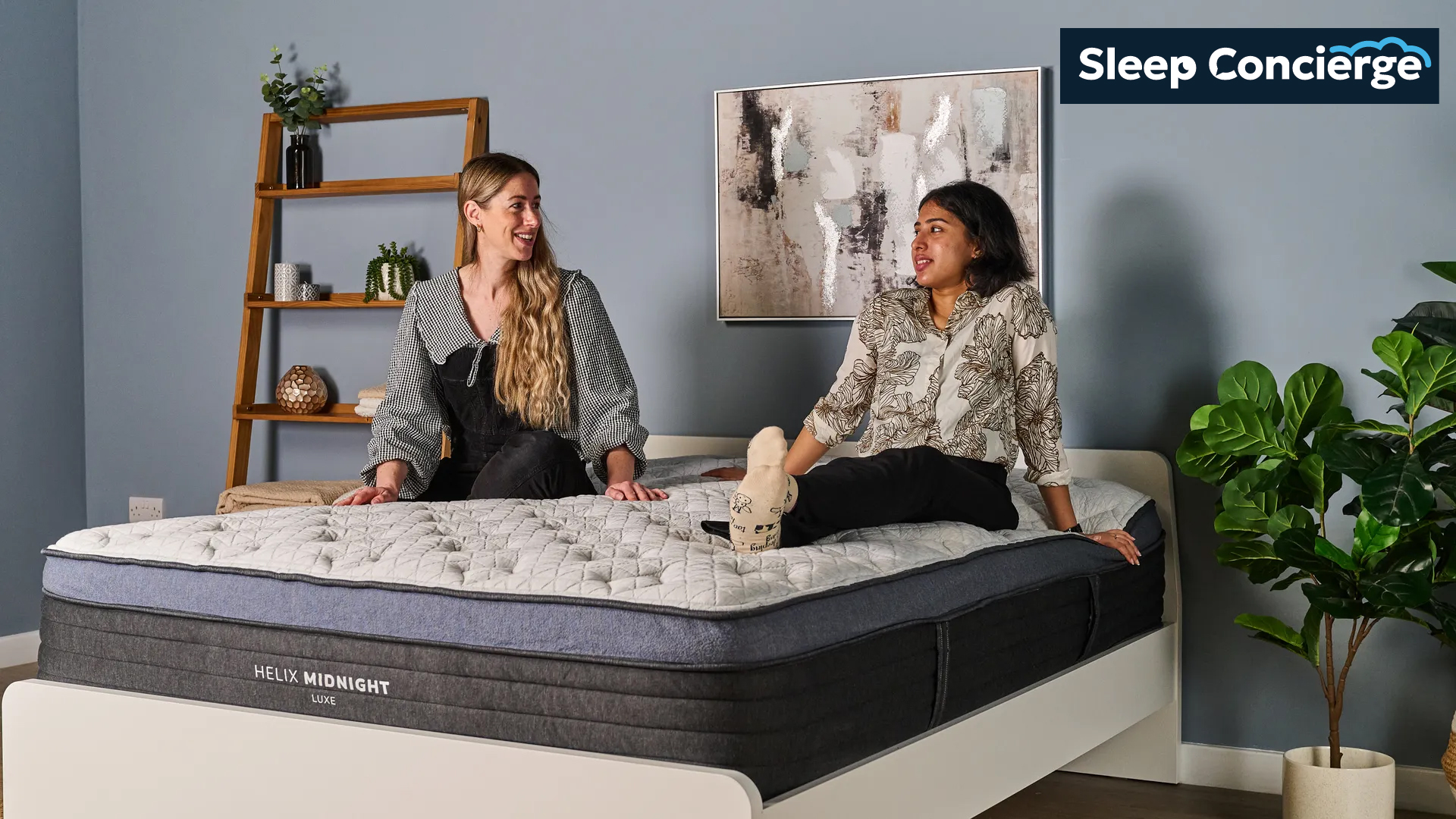Over 60? Add these 5 anti-aging exercises to your routine to build muscle mass and increase bone density

As we age, strength training, also referred to as resistance training, becomes more important than ever. It can slow down the effects of aging on the body, help increase muscle mass and bone density, and reduce the risk of falls. But if you’re a beginner, which are the best exercises to focus on?
To help you get started, below, we’ve rounded up the five best anti-aging exercises to add to your routine.
Remember, if you’re a complete beginner or you’re returning to exercise following an injury, it’s always a good idea to check in with a medical professional before taking on a new workout routine.
5 best anti-aging exercises
These exercises can all help preserve muscle mass, which is vital as we age. After the age of 30, we naturally begin to lose muscle, in a process called sarcopenia. This rapidly increases after the age of 60, and strength training is one of the best ways to counteract this.
Weight-bearing exercises can also stimulate bone-forming cells, which increases bone mineral density, making your bones stronger and significantly reducing the risk of osteoporosis and fractures.
You’ll also be working on your balance and stability as you strengthen the muscles in your upper and lower body, plus, strength training can help you lose or maintain weight.
Remember, if losing weight is your goal, you’ll need to pair strength training with a healthy diet and ensure you’re in a calorie deficit — burning more calories than you consume. One of the easiest ways to keep track of this is to strap one of the best fitness trackers to your wrist.
Here are the exercises to focus on. Just using your bodyweight will make a difference, but as you get stronger, you might want to grab a set of the best adjustable dumbbells to increase the intensity. The exercises have all been highlighted by the personal trainers behind the Big Muscles YouTube account.
Get instant access to breaking news, the hottest reviews, great deals and helpful tips.
1. Squats

Squats work most of the muscles in the lower body, as well as the back and abs. Squats are also a functional exercise, which means you’re targeting the muscles you use to do everyday tasks, like sitting down and getting up from a chair, or climbing a set of stairs. They can also help keep the knee, hip, and ankle joints healthy.
- Stand with your feet hip or shoulder-width apart. You can position your feet slightly wider
- Point your toes slightly outward at 45 degrees, or forward facing if that’s more comfortable. Engage your core
- Bend your knees and send your hips back as if you’re sitting on a chair directly beneath you
- As you squat down, push your knees outwards so that they track directly over your middle toes and keep the weight distributed through your feet
- Lift your chest, keep looking straight ahead and maintain a flat back. Avoid hunching or rounding your spine
- Lower until your thighs are parallel to the floor, keeping your knees aligned with toes, heels planted and spine neutral, then push through your heels to stand back up.
2. Plank
A plank is a great way to work on your core strength. Your abdominal muscles play a key role in stabilizing your pelvis and spine as you move. Weak core muscles often lead to lower back pain, so this is essential as we get older. If you struggle to get down on an exercise mat, complete a plank standing against the wall.
- Start in a press-up position, with your arms slightly wider than your shoulders and your body weight resting on your hands flat against the floor, or your forearms, depending on which variation you opt for
- Think about creating a straight line from your heels to the crown of your head, engaging your core
- Hold here. If this is too intense, lower your knees down to the floor
3. Lunges
Along with squats, lunges are a great way to target the muscles in your lower body and core. Lunges can also help mobilize your back, relieving tension, and are a good exercise to add to your routine if you spend a lot of time sitting down.
They can also work on coordination and posture, as you target each side of the body at one time, addressing muscle imbalances.
- Start standing tall with your feet hip-width apart
- Take a big step forward with your left foot and then bend both knees until they’re both at a 90-degree angle
- Your back knee should just tap the floor, and your front knee should be stacked above your foot. Don’t let your front knee go past your toes
- Then, push up through your front heel to come back to standing
4. Push-ups
Push-ups target the pecs, deltoids, triceps, and abdominal muscles, making them a great exercise to consider when targeting your upper body. If full push-ups are too difficult, you’ll still see results doing push-ups on your knees or against a wall.
- Start by getting into a plank position, with your weight underneath your shoulders and your palms flat on the floor, shoulder-width apart. If this is too difficult, lower your knees to the floor, like the image above.
- Straighten your arms and engage your abs, thinking about sucking your belly button into your spine
- You should maintain a straight line from your heels to the crown of your head
- Slowly, with control, bend your arms and lower your chest to the floor, pause, then raise back to your starting position.
5. Glute bridge
The glute bridge is an isolated exercise which works on strengthening the glutes, or the muscles in your buttocks. The main muscle worked is the gluteus maximus, but your thigh muscles and core are also working to stabilize the body in this move.
To increase the intensity, you can hold a dumbbell against your hips, but you’ll still work your body hard using just your body weight.
- To do a glute bridge with correct form, you’ll need to start by lying on your back on an exercise mat, with your feet pressed into the floor about hip-width apart
- Engage your core (think about sucking your belly button into your spine) and squeeze your glutes together as you raise your hips and pelvis to the sky
- Squeeze your glutes at the top, before slowly lowering your hips back to their starting position. That’s one rep
- To make bodyweight glute bridges harder, raise your arms up to the sky
More from Tom's Guide
- Forget running and swimming — study finds this sport adds 10 years to your life
- Over 60? Forget running and swimming — these 5 bodyweight exercises help strengthen your entire body, using just a chair
- I thought power walking was weird — here's what happened when I tried it 30 minutes a day for one week

Jane McGuire is Tom's Guide's Fitness editor, which means she looks after everything fitness related - from running gear to yoga mats. An avid runner, Jane has tested and reviewed fitness products for the past five years, so knows what to look for when finding a good running watch or a pair of shorts with pockets big enough for your smartphone. When she's not pounding the pavements, you'll find Jane striding round the Surrey Hills, taking far too many photos of her puppy.
You must confirm your public display name before commenting
Please logout and then login again, you will then be prompted to enter your display name.

